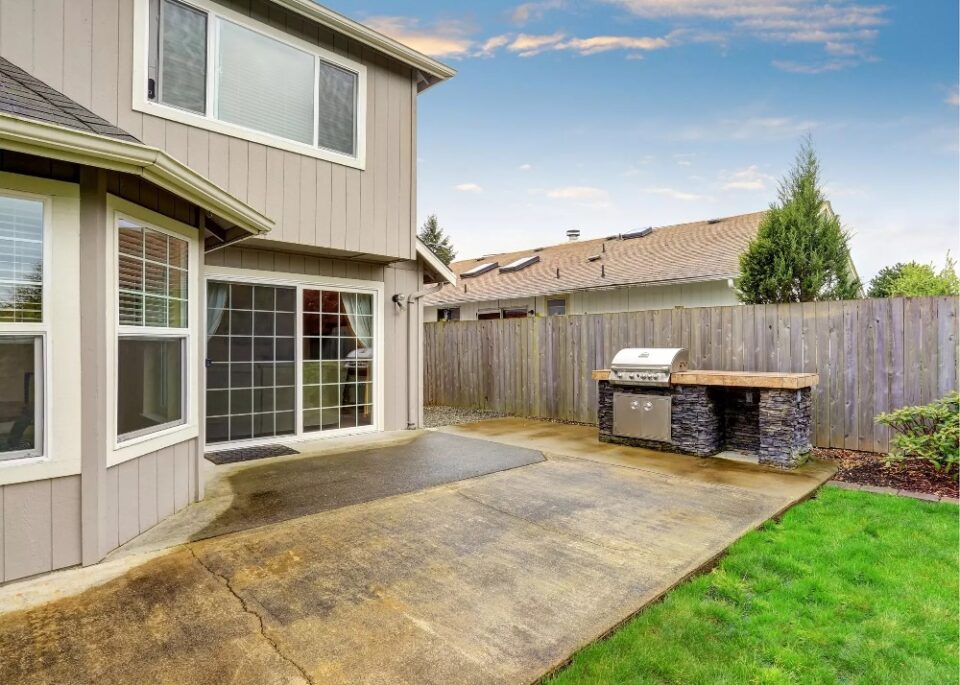Embarking on a DIY concrete project in Knoxville can be a fulfilling endeavor, whether you’re aiming to create a patio, driveway, or garden path. The region’s unique climate and terrain present specific challenges and opportunities. Here are some essential tips to ensure your knoxville concreteproject is successful.
1. Understand Knoxville’s Climate
Knoxville experiences hot, humid summers and cold, wet winters. This temperature fluctuation can cause knoxville concreteto expand and contract, potentially leading to cracks. To mitigate this, use a high-quality concrete mix designed to withstand freeze-thaw cycles. Incorporating air-entrainment agents in your concrete can also help prevent cracking by allowing water within the concrete to expand safely during freezing temperatures.
2. Prepare the Site Properly
Proper site preparation is crucial. Start by clearing the area of vegetation, rocks, and debris. Level the ground and compact the soil to provide a stable base for your concrete. For larger projects, consider renting a plate compactor to ensure thorough compaction. Installing a gravel base can improve drainage and further stabilize the concrete.
3. Use the Right Mix
Choosing the right concrete mix is vital. For most DIY projects, a standard ready-mix concrete available at local hardware stores will suffice. However, for projects requiring higher strength or durability, such as driveways, opt for a mix with a higher PSI (pounds per square inch) rating. Additives like fibers can enhance the concrete’s tensile strength, making it more resistant to cracking.
4. Proper Formwork and Reinforcement
Constructing sturdy formwork is essential for shaping your concrete. Use durable materials like plywood or metal to create the forms, ensuring they are securely anchored to prevent shifting during the pour. For added strength, especially in large slabs, incorporate steel rebar or wire mesh within the formwork. This reinforcement helps prevent cracking and adds structural integrity.
5. Mixing and Pouring
When mixing concrete, follow the manufacturer’s instructions carefully. If mixing by hand, ensure a consistent mix by thoroughly combining the dry ingredients before adding water. For larger projects, renting a concrete mixer can save time and effort. Pour the concrete into manageable sections, using a shovel or trowel to spread it evenly. To remove air bubbles, tap the sides of the formwork or use a concrete vibrator.
6. Finishing Techniques
Proper finishing is crucial for the appearance and durability of your concrete. Begin by screeding the surface with a straight edge to level the concrete. Follow with a float to smooth out the surface. For a non-slip finish, consider brooming the surface while it is still wet. Allow the concrete to set slightly before applying any decorative finishes or stamps.

